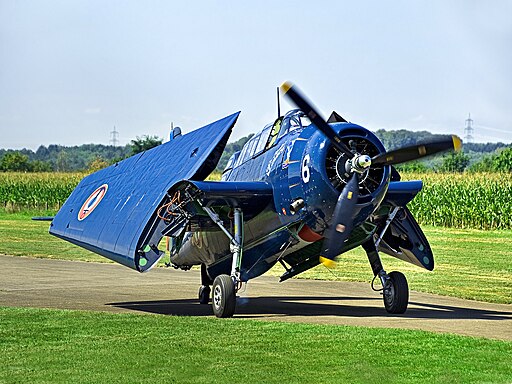The skies of World War II were filled with a variety of aircraft, each with their unique roles and capabilities. However, 11/16/2024few can claim the historical significance and multifaceted versatility that the TBM Avenger held. This torpedo bomber, built by General Motors and Grumman, played a crucial role in the war’s Pacific and Atlantic theatres and later found a new life in civilian roles.
Birth of the Avenger
The Grumman TBF Avenger first took flight on August 1, 1941, to answer the U.S. Navy’s call for a new torpedo bomber. Named “Avenger,” this aircraft became a symbol of retaliation following the attack on Pearl Harbor later that same year. The TBF Avenger was soon handed over to General Motors for mass production, adopting the designation TBM but retaining the Avenger name.
Into the Fray
The TBM Avenger saw its first major action during the Battle of Midway in June 1942. Despite heavy losses, the Avenger’s robust design and powerful armament allowed it to make a significant impact. The Avenger’s large payload capacity made it versatile in carrying torpedoes, bombs, depth charges, or even additional fuel for long-range missions. It was also equipped with machine guns for defense, making it a formidable aircraft.
The Avenger’s Legacy
Post-WWII, the TBM Avenger transitioned into various roles, proving its adaptability. It served as an anti-submarine warfare aircraft during the Korean War, and in civilian life, it found uses in firefighting, cargo transport, and even as a spray aircraft for pest control. Perhaps the most famous Avenger pilot was the 41st President of the United States, George H.W. Bush. As a young man, Bush flew Avengers in the Pacific theater, even surviving being shot down by Japanese forces in 1944.
The TBM Avenger is a testament to WWII aircraft’s robust and versatile design. Its service in the military and later in civilian life showcases its adaptability and endurance. As we look back on the history of aviation, the TBM Avenger serves as a powerful reminder of a time when the world was at war and the skies were a crucial battlefield. Its legacy continues to soar, not just in the history books but in the hearts of those who appreciate the contributions of this remarkable aircraft to the annals of aviation history.
What happened to the TBM Avenger?
The TBM Avenger had a long and varied life after its wartime service. After World War II and the Korean War, the Avenger was significantly modified and remained in use until the 1960s.
Many Avengers have survived into the 21st century, finding new roles as spray applicators and water-bombers throughout North America. These aircraft have been used extensively in the Canadian province of New Brunswick. Forest Protection Limited (FPL) of Fredericton, New Brunswick, once owned and operated the largest civilian fleet of Avengers worldwide, using them for firefighting and spraying activities. FPL began operating Avengers in 1958 after purchasing 12 surplus TBM-3E aircraft from the Royal Canadian Navy. The use of the Avenger fleet at FPL peaked in 1971 when 43 aircraft were in use. The last Avenger in FPL’s fleet was retired in 2012 and sold to the Shearwater Aviation Museum in Dartmouth, Nova Scotia.
Several Avengers can still be seen flying as warbirds, residing in private collections worldwide. They are a popular airshow fixture, appearing in flying and static displays. The Commemorative Air Force (CAF) flies three TBM Avengers and even allows non-CAF members to ride in the aircraft for a Living History Flight Experience. These aircraft are based in Colorado, Missouri, and Virginia.
For more insights into the TBM Avenger and other important military aircraft, visit Aces In Action. Here, you’ll find a relic plaque that features the artwork of Craig Tinder and includes a fragment that originated from the lower cowl panel for the oil cooler intake of a TBM Avenger from one of the 7,500 aircraft built by General Motors.
WWII TBM Avenger Relic Plaque – Full Color 8″x10″ by Artist Craig Tinder
This 8” x 10” (20 x 25 cm) historical plaque combines this rare artifact, along with the story of the piece, and a beautifully detailed illustration created by artist Craig Tinder.
To purchase or see similar items, visit here.
Commissioned by Museums, Treasured by Collectors





Share:
The Apache Helicopter: The Powerhouse of the Sky
Unyielding Wings: The Resilient Journey of Douglas Bader